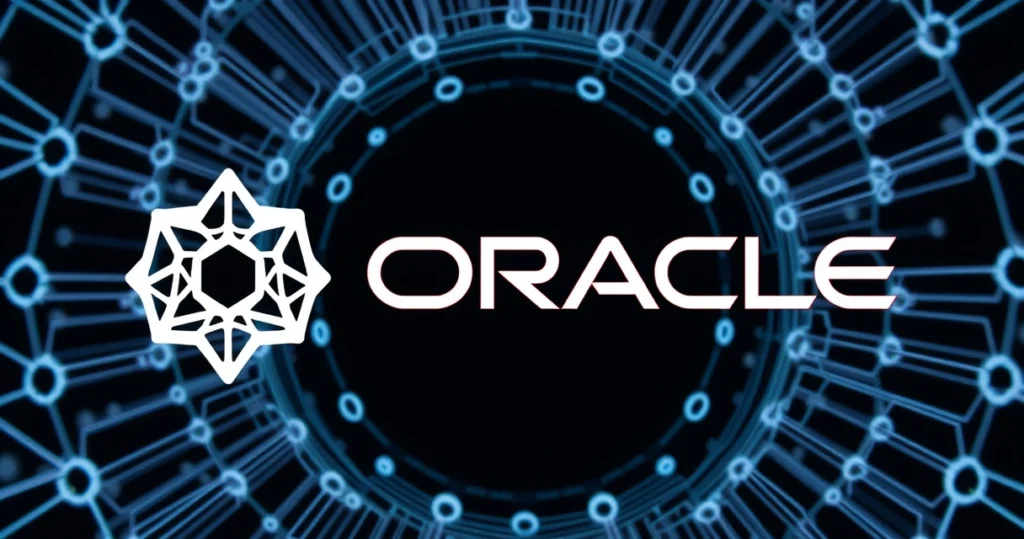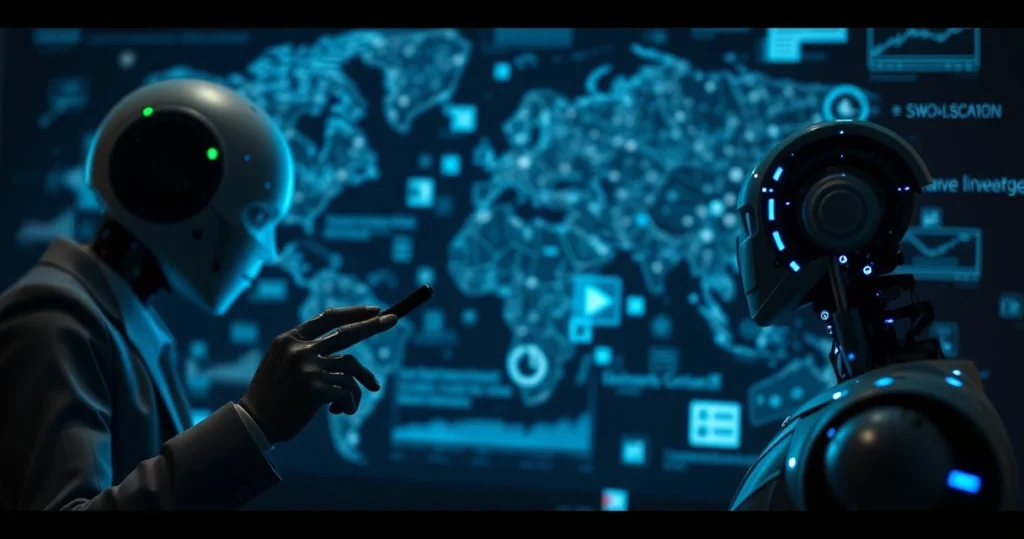The Internet of Things (IoT) represents a technological revolution that is reshaping how we interact with the world around us. By connecting everyday devices to the internet, IoT enhances operational efficiency across various sectors, including industry, healthcare, agriculture, retail, and urban technology. As we delve into the intricacies of IoT, we will uncover how it works and explore its transformative applications that are poised to change our lives for the better.

IoT technology operates through the integration of sensors, software, and other technologies to enable devices to communicate and collect data. This connectivity not only allows for real-time monitoring and analysis but also fosters automation and improved decision-making. In this article, we will explore the fundamentals of IoT, its key components, and its real-world applications that are driving efficiency and innovation in multiple industries.
What is the Internet of Things (IoT)?
The Internet of Things (IoT) refers to the network of physical objects—“things”—that are embedded with sensors, software, and other technologies to connect and exchange data with other devices and systems over the internet. These objects can range from everyday household items like refrigerators and thermostats to industrial machinery and agricultural equipment.
Key Components of IoT
- Devices and Sensors: These are the physical objects that collect data from their environment through various sensors, such as temperature, humidity, and motion sensors.
- Connectivity: Devices need a method to connect to the internet, which can be achieved through Wi-Fi, cellular networks, or satellite connections.
- Data Processing: Once data is collected, it needs to be processed, either on the device itself or on a cloud server, to generate insights and enable actionable responses.
- User Interface: Finally, users need a way to interact with the IoT system, which might be a mobile app, web dashboard, or voice assistant.
How IoT Works
At its core, IoT works by enabling devices to gather and share data. Here’s a step-by-step breakdown of how this process generally unfolds:
Step 1: Data Collection
IoT devices collect data from their environment using sensors. For instance, a smart thermostat measures the home’s temperature and humidity levels.
Step 2: Data Transmission
Once data is collected, the device transmits this information over the internet to a centralized server or cloud service. This is facilitated by a connectivity protocol that ensures reliable and secure data transfer.
Step 3: Data Processing
In the cloud, sophisticated algorithms and data processing tools analyze the incoming data. This analysis generates insights, such as trends or anomalies, which can be used for further decision-making.
Step 4: User Interaction
Finally, the processed information is presented to users through dashboards, alerts, or automated actions. For example, a user may receive a notification on their smartphone if their refrigerator door is left open.
Real-World Applications of IoT
The impact of the Internet of Things is vast, affecting various sectors. Below are some notable applications:
1. Industrial Efficiency
IoT has the potential to revolutionize manufacturing and industry by enhancing efficiency and reducing downtime. Here are some ways it is applied:
- Predictive Maintenance: Sensors monitor machinery health, allowing companies to perform maintenance before failures occur, thus minimizing downtime.
- Supply Chain Optimization: IoT devices track inventory levels and shipments in real time, improving logistics and reducing waste.
2. Smart Agriculture
In agriculture, IoT technology helps farmers monitor crop health and optimize resource use:
- Precision Farming: Sensors collect data on soil moisture, temperature, and crop health, enabling targeted irrigation and fertilization.
- Livestock Monitoring: Wearable devices track the health and location of livestock, enhancing overall farm management.
3. Healthcare Innovations
IoT is transforming healthcare by enabling remote patient monitoring and enhancing patient care:
- Wearable Health Devices: Devices like smartwatches monitor heart rates, activity levels, and other vital signs, allowing for proactive health management.
- Telemedicine: IoT facilitates remote consultations and monitoring, making healthcare more accessible.
4. Urban Technology
Smart cities leverage IoT to improve urban living:
- Smart Traffic Management: IoT devices collect data on traffic patterns, enabling real-time adjustments to traffic signals and reducing congestion.
- Waste Management: IoT sensors in waste bins signal when they need to be emptied, optimizing collection routes and reducing costs.
Challenges and Considerations in IoT Implementation
While the benefits of IoT are numerous, several challenges must be addressed for successful implementation:
- Security: With increased connectivity comes the risk of cyberattacks. Ensuring robust security measures is crucial to protect sensitive data.
- Interoperability: Different devices and systems may use various protocols, creating challenges in integration and communication.
- Data Management: The sheer volume of data generated by IoT devices necessitates effective data management and analytics strategies.
FAQ Section
1. What is the Internet of Things (IoT)?
The Internet of Things (IoT) refers to the network of physical objects embedded with sensors and software that connect and exchange data over the internet.
2. How does IoT improve industrial efficiency?
IoT enhances industrial efficiency through predictive maintenance, real-time monitoring, and supply chain optimization, leading to reduced downtime and costs.
3. How is IoT used in smart agriculture?
In smart agriculture, IoT devices monitor soil health, crop conditions, and livestock, enabling precision farming and optimized resource use.
4. What are the security concerns associated with IoT?
Security concerns include the potential for cyberattacks, data breaches, and the need for robust protective measures to safeguard sensitive information.
5. Can IoT technology be used in urban environments?
Yes, IoT technology is extensively used in urban environments for smart traffic management, waste management, and enhancing overall city infrastructure.
Conclusion
The Internet of Things is unlocking a new frontier of efficiency and innovation across various sectors, from industrial applications to urban technology. By facilitating real-time data collection, processing, and communication, IoT empowers organizations to make informed decisions and optimize operations. As we continue to explore and expand the possibilities of IoT, it is essential to address the challenges associated with security and interoperability to fully harness its potential. The future of IoT is bright, promising to revolutionize the way we live and work.
📰 Original Source
Este artigo foi baseado em informações de: https://tecnoblog.net/responde/o-que-e-internet-das-coisas-iot-entenda-como-funciona-e-veja-exemplos-de-aplicacoes/



